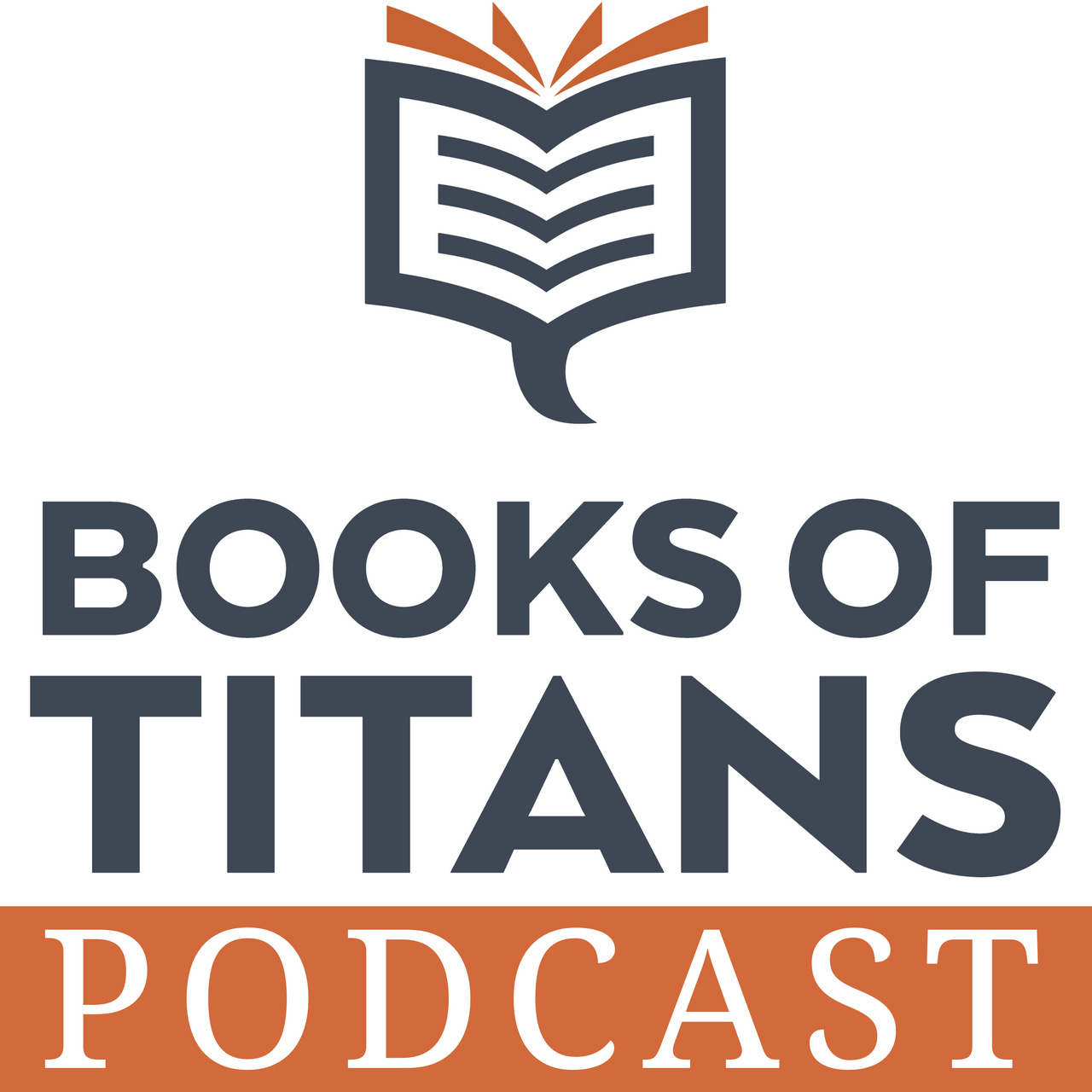
Books of Titans
This reading project is an attempt to read the greatest books ever written.
By subscribing, I agree to Substack’s Terms of Use and acknowledge its Information Collection Notice and Privacy Policy
“I highly recommend Erik Rostad's website and podcast to anyone interested in learning more about The Great Books. ”
The Rational Walk, The Rational Walk
“A terrific project working through classic literature”
Jason A. Staples, Details Matter: By Jason A. Staples